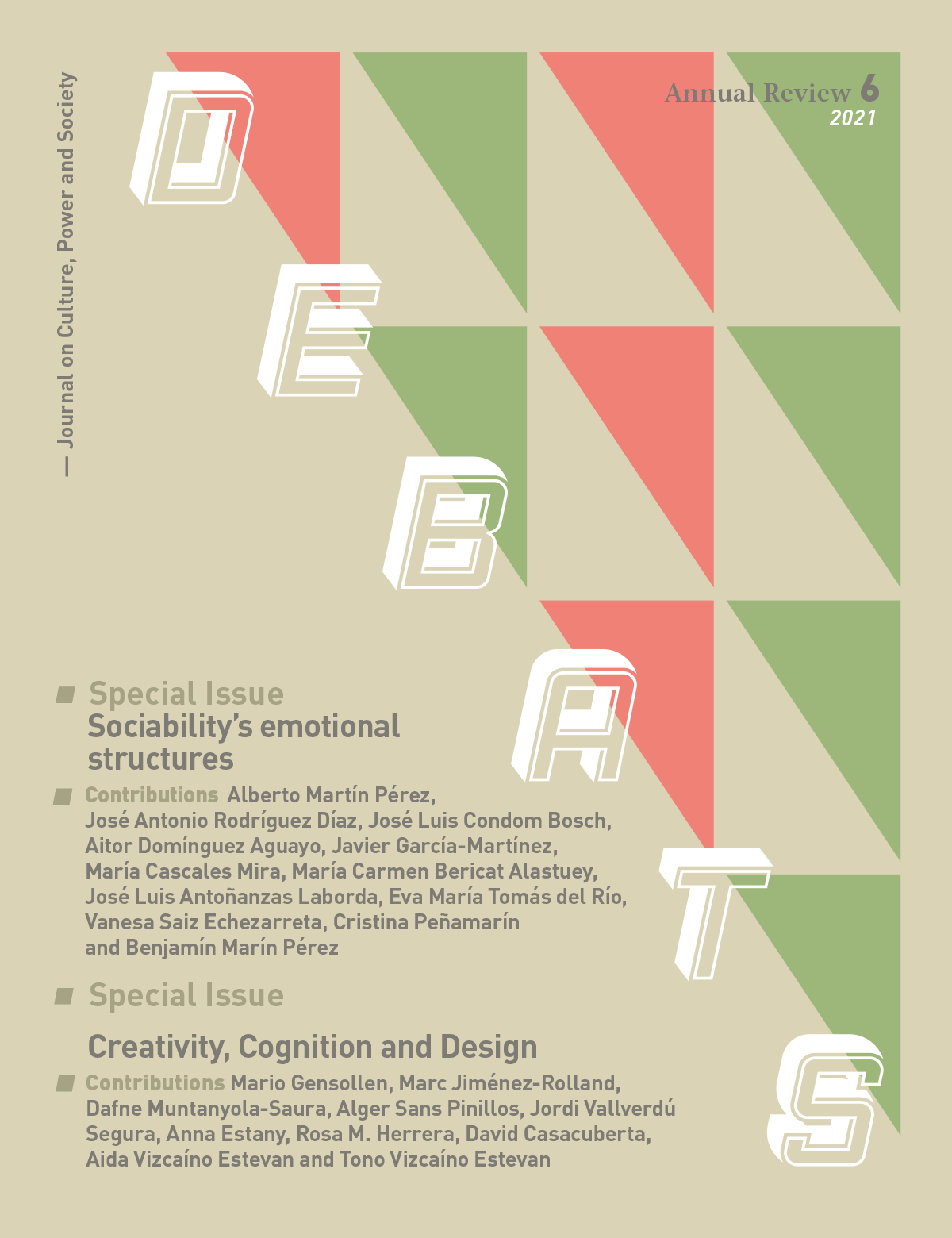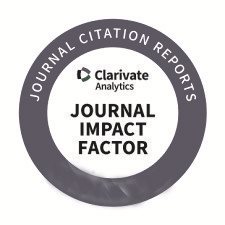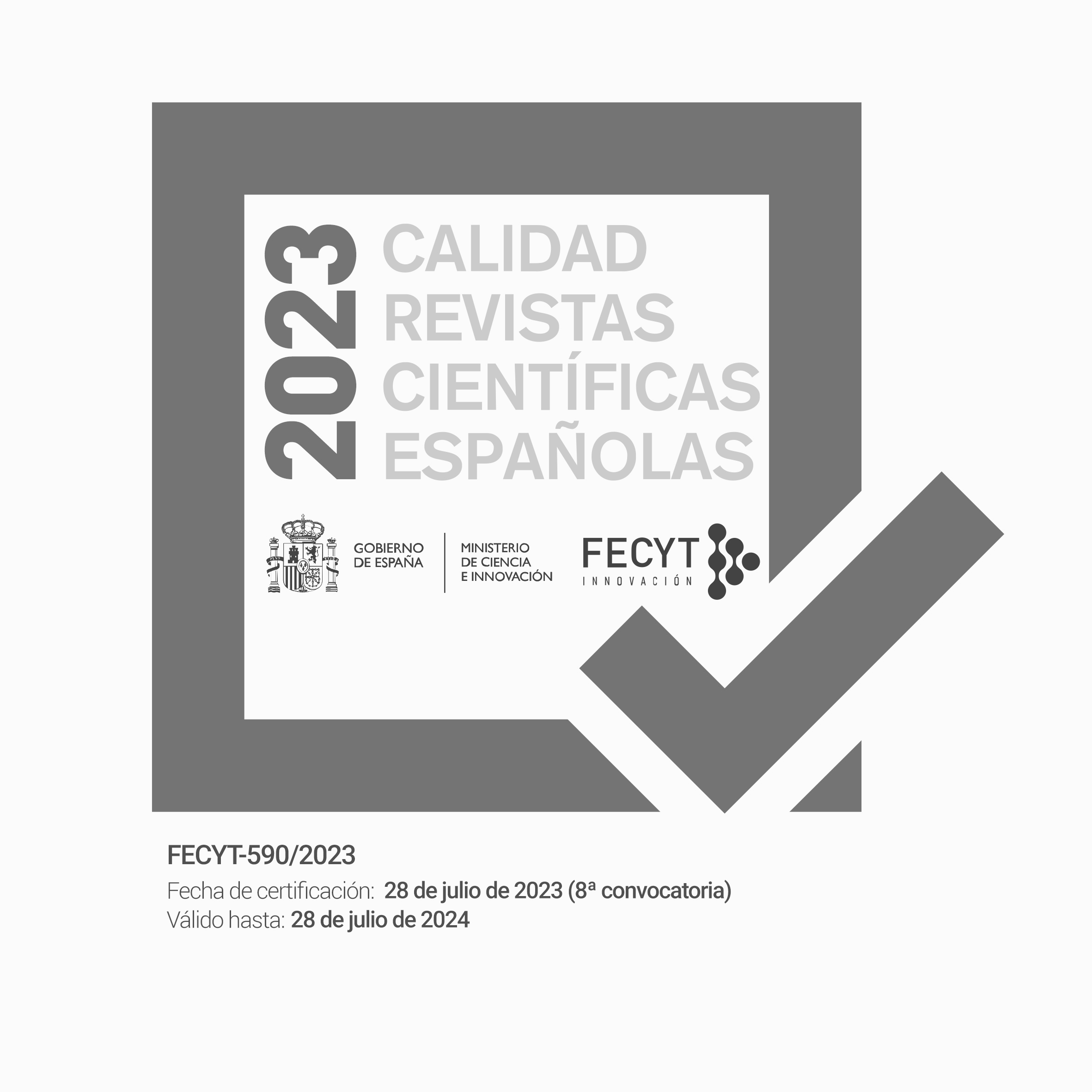Defining Depression: Endogenous Materialities, Exogenous Immaterialities
DOI:
https://doi.org/10.28939/iam.debats-en.2021-2Palabras clave:
STS, controversy mapping, digital ethnography, defining depression, sociology of emotions, pragmatical turnResumen
Definitions are narratives in action, implying a need to track down the ontology of what is defined. In
this case, we explore the mutual tension and/or symbiosis (with consonant and dissonant spaces)
arising from the definition of depression. We approach the term ‘depression’ as a controversial
subject, mapping a comparison between lay and expert narratives on the malaise, and making
use of digital ethnography as the methodology. A self-administered online open questionnaire was
completed with the definitions of 29 lay respondents. In addition, expert narratives were gathered
with the definitions of 9 health institutions’ web sites, and public mediation forums. Definitions
echoed from both spaces, with splits between biological materiality and psychological-social
immateriality, with a reiteration of the division between exogeneity and endogeneity, respectively.
Here, the emotiveness of the subject can be seen as stemming from the sum of reductionisms
and cumulative factors as to what depression is. Finally, we consider other possible ontologies
of depression that either: (1) take socio-material assemblies into account or (2) follow the
pragmatical turn, defining depression in action. This research opens new approaches towards
identifying external materialities, shifting the blame from the diagnosis of the individual towards
the mechanisms that spawn harmful relationships.
Descargas
Citas
Ahmed, S. (2012). The cultural politics of emotion. New York and London: Routledge.
Álvaro-Estramiana, J. L., Garrido-Luque, A. and Schweiger-Gallo, I. (2010). Causas sociales de la depresión: Una
revisión crítica del modelo atributivo de la depresión. Revista Internacional de Sociología, 68(2), 333-348.
Anscombre, J. C. (1995). Théorie des topoï: Sémantique ou rhétorique? Paris: Editions Kimé.
Asberg, M., Thoren, P., Traskman, L., Bertilsson, L. and Ringberger, V. (1976). “Serotonin depression”: A biochemical
subgroup within the affective disorders? Science, 191 (4226), 478-480.
Beck, A. T., Ward, C., Mendelson, M., Mock, J. and Erbaugh, J. (1961). Beck depression inventory (BDI). Archives of
General Psychiatry, 4(6), 561-571.
Beck, A. T., Rush, A. J., Shaw, B. F. and Emery, G. (1985). Terapia cognitiva de la depresión. Bilbao: Desclée de Brower.
Beck, A. T., Steer, R. A. and Brown, G. K. (1996). Beck depression inventory II. San Antonio, 78(2), 490-498.
Berk, M., Williams, L. J., Jacka, F. N., O’Neil, A., Pasco, J. A., Moylan, S., Allen, N. B, Stuart, A. L., Hayley, A. C.,
Byrne, M. L. and Maes, M. (2013). So depression is an inflammatory disease, but where does the inflammation
come from? BMC Medicine, 11(1), Issue 200.
Callon, M. (1984). Some elements of a sociology of translation: Domestication of the scallops and the fishermen
of St Brieuc Bay. The Sociological Review, 32(1_suppl), 196-233.
Castaño, A. (1st February 2018). Una de cada cinco. Eldiario.es. [Consulted: 15th February 2019] https://www.eldiario.
es/tribunaabierta/Una_de_cada_cinco_6_735686443.html
Cefaï, D. (2012). ¿Qué es una arena pública? Algunas pautas para un acercamiento pragmático. (Trans. Mariela
Hemilse Acevedo). In Academia.edu. [Consulted: 15th February 2019] https://www.academia.edu/7309505/
Dantzer, R., O’Connor, J. C., Freund, G. G., Johnson, R. W. and Kelley, K. W. (2008). From inflammation to sickness
and depression: When the immune system subjugates the brain. Nature Reviews Neuroscience, 9(1), 46-56.
Dantzer, R., O’Connor, J. C., Lawson, M. A. and Kelley, K. W. (2011). Inflammation-associated depression: From
serotonin to kynurenine. Psychoneuroendocrinology, 36(3), 426-436.
Dilthey, W. (1944). El mundo histórico. Mexico: Fondo de Cultura.
Dooley, D., Catalano, R. and Wilson, G. (1994). Depression and unemployment: Panel findings from the Epidemiologic
Catchment Area study. American Journal of Community Psychology, 22(6), 745-765.
Ducrot, O. (1988). Topoï et formes topiques. Bulletin d’études de linguistique française, 22(1), 1-14.
Eley, T. C., Sugden, K., Corsico, A., Gregory, A. M., Sham, P., McGuffin, P., Plomin, R. and Craig, I. W. (2004).
Gene–environment interaction analysis of serotonin system markers with adolescent depression. Molecular
Psychiatry, 9(10), 908-915.
Fernando, S. (1984). Racism as a cause of depression. International Journal of Social Psychiatry, 30(1-2), 41-49.
Fisher, M. (2009). Capitalist realism: Is there no alternative? Winchester: John Hunt Publishing.
Goffman, E. (1974). Frame analysis: An essay on the organization of experience. Cambridge, MA: Harvard University Press.
Han, B. C. (2015). The burnout society. Stanford: Stanford University Press.
Han, B. C. (2017). Psychopolitics: Neoliberalism and new technologies of power. London and New York: Verso Books.
Han, B. C. (2018). Topology of violence (Trans. Amanda DeMarco). Cambridge: MIT Press.
Haraway, D. (1988). Situated knowledges: The science question in feminism and the privilege of partial perspective.
Feminist Studies, 14(3), 575-599.
Hewitt, P. L., Flett, G. L. and Ediger, E. (1996). Perfectionism and depression: Longitudinal assessment of a specific
vulnerability hypothesis. Journal of Abnormal Psychology, 105(2), 276-280.
Hibbeln, J. R. (1998). Fish consumption and major depression. The Lancet, 351(9110), 1213-1213.
Howren, M. B., Lamkin, D. M. and Suls, J. (2009). Associations of depression with C-reactive protein, IL-1, and IL-6:
A meta-analysis. Psychosomatic Medicine, 71(2), 171-186.
Ingram, R. E., Miranda, J. and Segal, Z. V. (1998). Cognitive vulnerability to depression. New York: Guilford Press.
Karg, K., Burmeister, M., Shedden, K. and Sen, S. (2011). The serotonin transporter promoter variant (5-HTTLPR), stress,
and depression meta-analysis revisited: Evidence of genetic moderation. Archives of General Psychiatry, 68(5), 444-454.
Kaufman, J., Yang, B. Z., Douglas-Palumberi, H., Houshyar, S., Lipschitz, D., Krystal, J. H. and Gelernter, J. (2004).
Social supports and serotonin transporter gene moderate depression in maltreated children. Proceedings of theNational Academy of Sciences, 101(49), 17316-17321.
Knorr-Cetina, K. (2009). Epistemic cultures: How the sciences make knowledge. Cambridge (MA) and London: Harvard
University Press.
Lakoff, G. (2007). No pienses en un elefante: Lenguaje y debate político. Madrid: Editorial Complutense.
Latour, B. (1992). Ciencia en acción. Barcelona: Labor.
Latour, B. (2005). Reassembling the social: An introduction to actor-network-theory. New York: Oxford University Press.
Law, J. (2004). After method: Mess in social science research. London and New York: Routledge.
Leary, M. R. (1990). Responses to social exclusion: Social anxiety, jealousy, loneliness, depression, and low selfesteem.
Journal of Social and Clinical Psychology, 9(2), 221-229.
Lustberg, L. and Reynolds III, C. F. (2000). Depression and insomnia: Questions of cause and effect. Sleep Medicine
Reviews, 4(3), 253-262.
Manasse, M. E. and Ganem, N. M. (2009). Victimization as a cause of delinquency: The role of depression and
gender. Journal of Criminal Justice, 37, 371-378.
Martínez-González, M. A. and De Irala, J. (2005). Medicina preventiva y fracaso clamoroso de la salud pública:
Llegamos mal porque llegamos tarde. Medicina clínica, 124(17), 656-660.
Maset, J. (13 de octubre de 2015). Depresión. In Cinfa.com. [Consulted: 15th February 2019] https://www.cinfasalud.
com/areas-de-salud/sintomas-y-enfermedades/enfermedades-psicologicas/depresion/
Mayo Clinic (s. f.). Depresión (trastorno depresivo mayor). In Mayoclinic.org. [Consulted: 15th February 2019]https://
www.mayoclinic.org/es-es/diseases-conditions/depression/symptoms-causes/syc-20356007
MedlinePlus (s. f.). Depresión. In Medlineplus.gov. [Consulted: 15th February 2019] https://medlineplus.gov/spanish/
depression.html
Meltzer, H. Y. (1990). Role of serotonin in depressiona. Annals of the New York Academy of Sciences, 600(1), 486-499.
Mental Health America (s. f.). ¿Qué es la depresión? [Consulted: 15th February 2019] http://www.mentalhealthamerica.
net/conditions/%C2%BFqu%C3%A9-es-la-depresi%C3%B3n
Micheli, R. (2010). Emotions as objects of argumentative constructions. Argumentation, 24(1), 1-17.
Miller, A. H., Maletic, V. and Raison, C. L. (2009). Inflammation and its discontents: The role of cytokines in the
pathophysiology of major depression. Biological Psychiatry, 65(9), 732-741.
Mol, A. (2002). The body multiple: Ontology in medical practice. Durham (NC) and London: Duke University Press.
Müller, N. and Schwarz, M. J. (2007). The immune-mediated alteration of serotonin and glutamate: Towards an
integrated view of depression. Molecular Psychiatry, 12(11), 988-1000.
National Institute of Mental Health (s. f.). Depresión [Consulted: 15th February 2019] https://www.nimh.nih.gov/
health/publications/espanol/depresion-sp/index.shtml,
Newmann, J. P. (1989). Aging and depression. Psychology and Aging, 4(2), 150-165.
Nietzsche, F. (1970). Así hablaba Zaratustra. Mexico: Anaya Editores.
Noles, S. W., Cash, T. F. and Winstead, B. A. (1985). Body image, physical attractiveness, and depression. Journal of
Consulting and Clinical Psychology, 53(1), 88-94.
Organización Mundial de la Salud (s. f.). Depresión [Consulted: 15th February 2019] https://www.who.int/topics/
depression/es/
Owens, M. J. and Nemeroff, C. B. (1994). Role of serotonin in the pathophysiology of depression: Focus on the
serotonin transporter. Clinical Chemistry, 40(2), 288-295.
Pla Vidal, J. (s. f.). Depresión. In cun.es (Clínica Universidad de Navarra). [Consulted: 15th February 2019] https://
www.cun.es/enfermedades-tratamientos/enfermedades/depresion
Plaza, M. Por qué no aplaudo el programa de ‘Salvados’ sobre depresión. In Pikaramagazine.com [Consulted: 15th February
https://www.pikaramagazine.com/2018/02/programa-de-salvados-depresion/
Raison, C. L., Capuron, L. and Miller, A. H. (2006). Cytokines sing the blues: Inflammation and the pathogenesis
of depression. Trends in Immunology, 27(1), 24-31.
Regier, D. A., Farmer, M. E., Rae, D. S., Locke, B. Z., Keith, S. J., Judd, L. L. and Goodwin, F. K. (1990). Comorbidity
of mental disorders with alcohol and other drug abuse: Results from the Epidemiologic Catchment Area (ECA)
Study. Jama, 264(19), 2511-2518.
Ricoeur, P. (1975). La métaphore vive. Paris: Seuil.
Risch, N., Herrell, R., Lehner, T., Liang, K. Y., Eaves, L., Hoh, J., Griem, A., Kovacs, M., Ott, J. and Merikangas, K.
R. (2009). Interaction between the serotonin transporter gene (5-HTTLPR), stressful life events, and risk of
depression: A meta-analysis. Jama, 301(23), 2462-2471.
Ryu, E. J., Choi, K. S., Seo, J. S. and Nam, B. W. (2004). The relationships of Internet addiction, depression, and
suicidal ideation in adolescents. Journal of Korean Academy of Nursing, 34(1), 102-110.
SanaMente (s. f.). ¿Qué es la depresión? [Consulted: 15th February 2019] https://www.sanamente.org/retos/que-esla-
depresion/
Seligman, M. E. (1975). Helplessness: On depression, development, and death. A series of books in psychology. New York:
WH Freeman / Times Books / Henry Holt & Co.
Shapin, S. (2010). Never pure: Historical studies of science as if it was produced by people with bodies, situated in time,
space, culture, and society, and struggling for credibility and authority. Baltimore: JHU Press.
Smithson, M. (1989). Ignorance and uncertainty: Emerging paradigms. New York: Springer-Verlag Publishing.
Tannen, D. (1990). You just don›t understand: Women and men in conversation. New York: William Morrow.
Universidad Autónoma Metropolitana (s. f.). ¿Qué es la depresión? [Consulted: 15th February 2019]https://www.
uam.mx/lineauam/lineauam_dep.htm
Venturini, T. (2010). Diving in magma: How to explore controversies with actor-network theory. Public understanding
of science, 19(3), 258-273.
Weeks, D. G., Michela, J. L., Peplau, L. A. and Bragg, M. E. (1980). Relation between loneliness and depression: A
structural equation analysis. Journal of Personality and Social Psychology, 39(6), 1238-1244.
Descargas
Publicado
Cómo citar
Número
Sección
Licencia
Sin perjuicio de lo dispuesto en el artículo 52 de la Ley 22/1987 de 11 de noviembre de Propiedad Intelectual, BOE del 17 de noviembre de 1987, y conforme al mismo, los autores o autoras ceden a título gratuito sus derechos de edición, publicación, distribución y venta sobre el artículo, para que sea publicado en Debats. Revista de cultura, poder y sociedad.
Debats. Revista de cultura, poder y sociedad se publica bajo el sistema de licencias Creative Commons según la modalidad «Reconocimiento - NoComercial (by-nc): Se permite la generación de obras derivadas siempre que no se haga un uso comercial. Tampoco se puede utilizar la obra original con finalidades comerciales».
Así, cuando el autor o autora envía su colaboración, acepta explícitamente esta cesión de derechos de edición y de publicación. Igualmente autoriza a Debats. Revista de cultura, poder y sociedad, la inclusión de su trabajo en un fascículo de la revista para que se pueda distribuir y vender.











